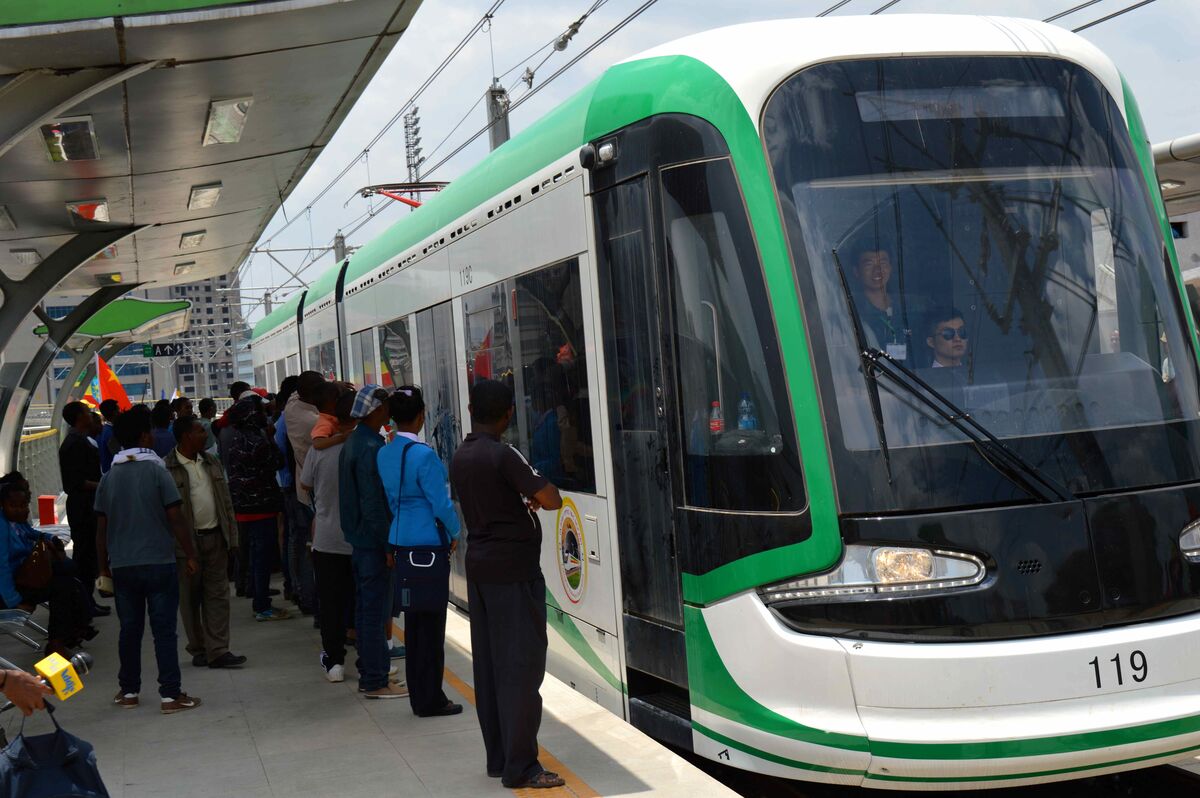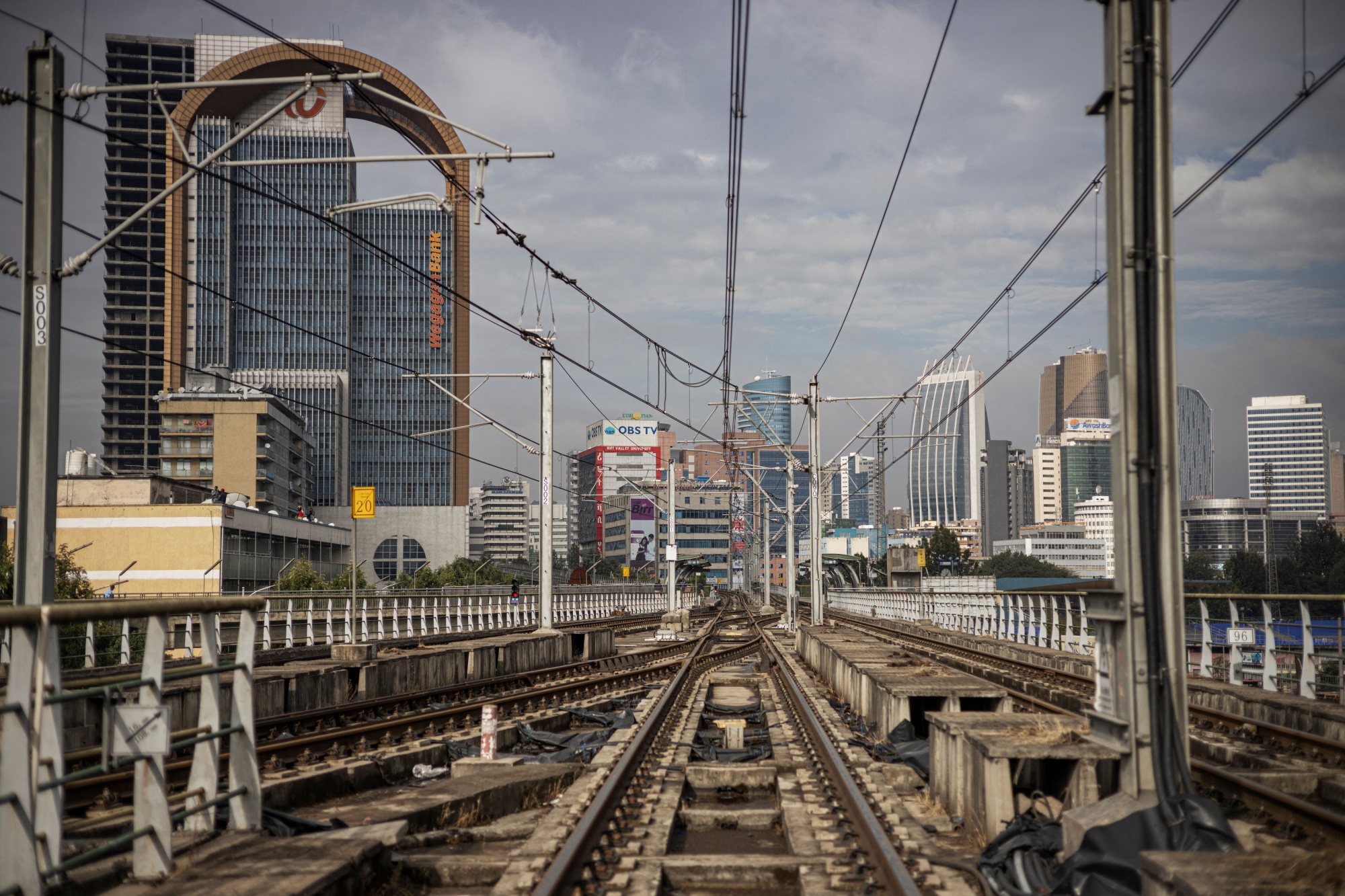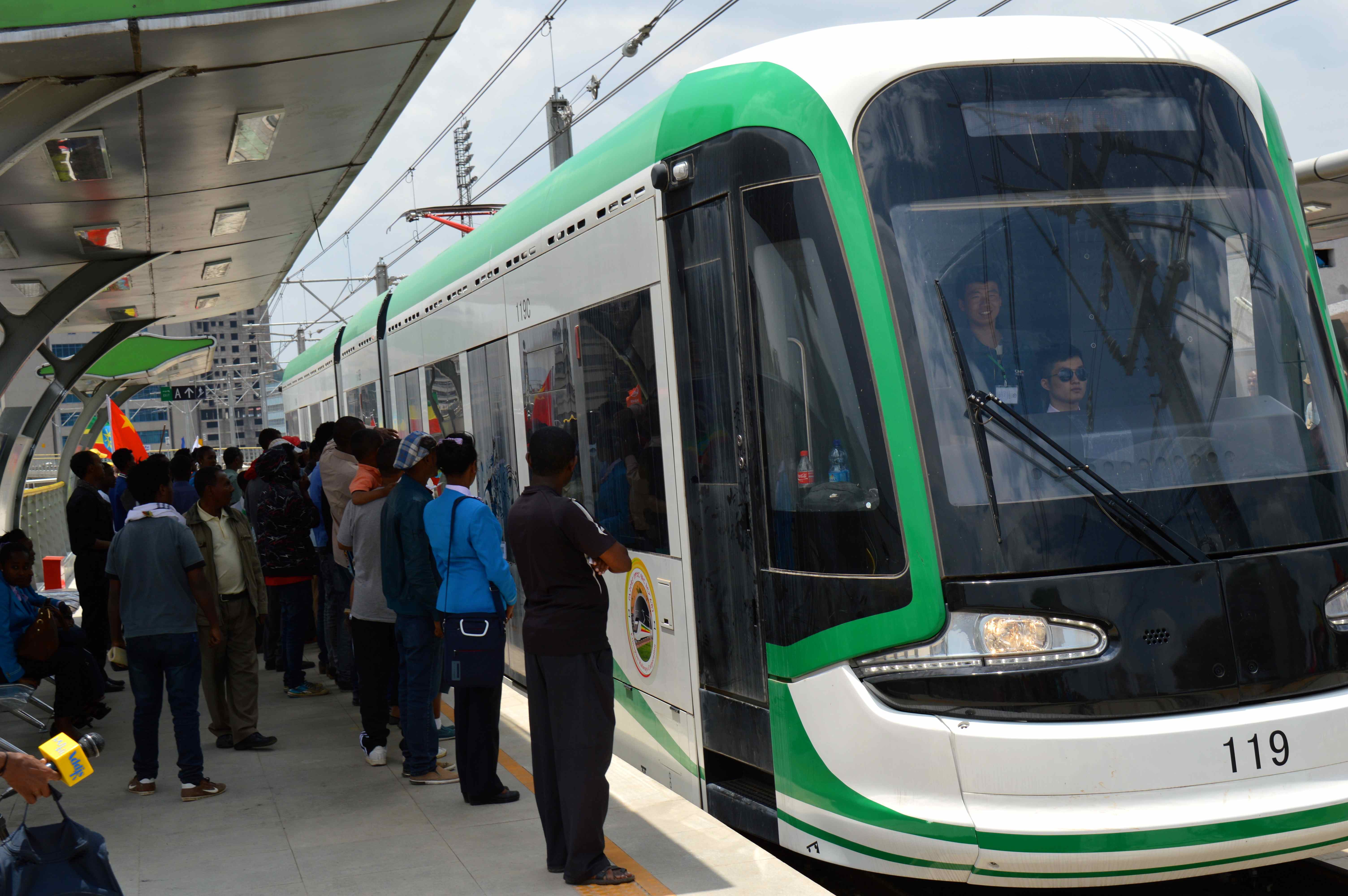saim28
JF-Expert Member
- Apr 21, 2021
- 207
- 353
Unashindwa nini kujibu maswali?soma title mzee inasema SGR!
Unashindwa nini kujibu maswali?soma title mzee inasema SGR!

CityLab
A Crumbling Metro Reveals Failed Promise of China’s Billions in Africa
A $475 million light-rail system serving Ethiopia’s Addis Ababa shows how some China-funded infrastructure investments across the continent are now suffering from neglect.www.bloomberg.com


